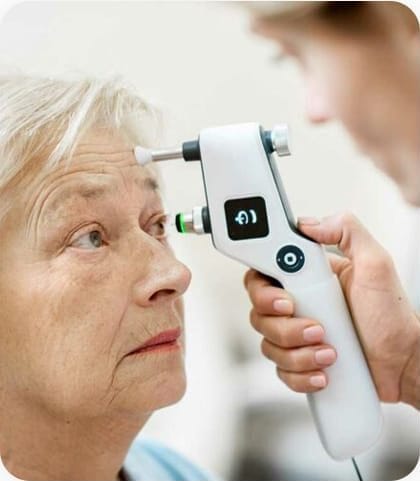Tear Duct System Care
Imperial Health offers comprehensive diagnosis and treatment for tear duct system disorders. Our experienced ophthalmologists specialize in managing conditions affecting tear drainage, ensuring proper tear flow for optimal eye health and comfort. We are dedicated to providing personalized care and restoring your eye’s natural lubrication system.
Our Services
The tear duct system is responsible for draining tears away from the eye and into the nasal passages. Problems with this system can lead to excessive tearing, dry eyes, recurrent eye infections, and discomfort. Our services encompass the full spectrum of tear duct system care:
Diagnosis of Tear Duct Conditions: We utilize advanced diagnostic techniques to pinpoint the cause of your tear duct problem, whether it’s a blockage, narrowing, infection, or other abnormality. This may include dye tests, imaging studies, and physical examination.
Treatment of Blocked Tear Ducts: We offer a range of treatments for blocked tear ducts, including non-surgical methods like massage and dilation, as well as surgical procedures such as dacryocystorhinostomy (DCR) to create a new tear drainage pathway.
Management of Excessive Tearing: We diagnose and treat the underlying causes of excessive tearing, which can be due to blocked tear ducts, allergies, or other factors.
Treatment of Tear Duct Infections: We provide prompt and effective treatment for infections of the tear ducts, such as dacryocystitis.
Pediatric Tear Duct Issues: We also specialize in diagnosing and treating tear duct problems in infants and children.











